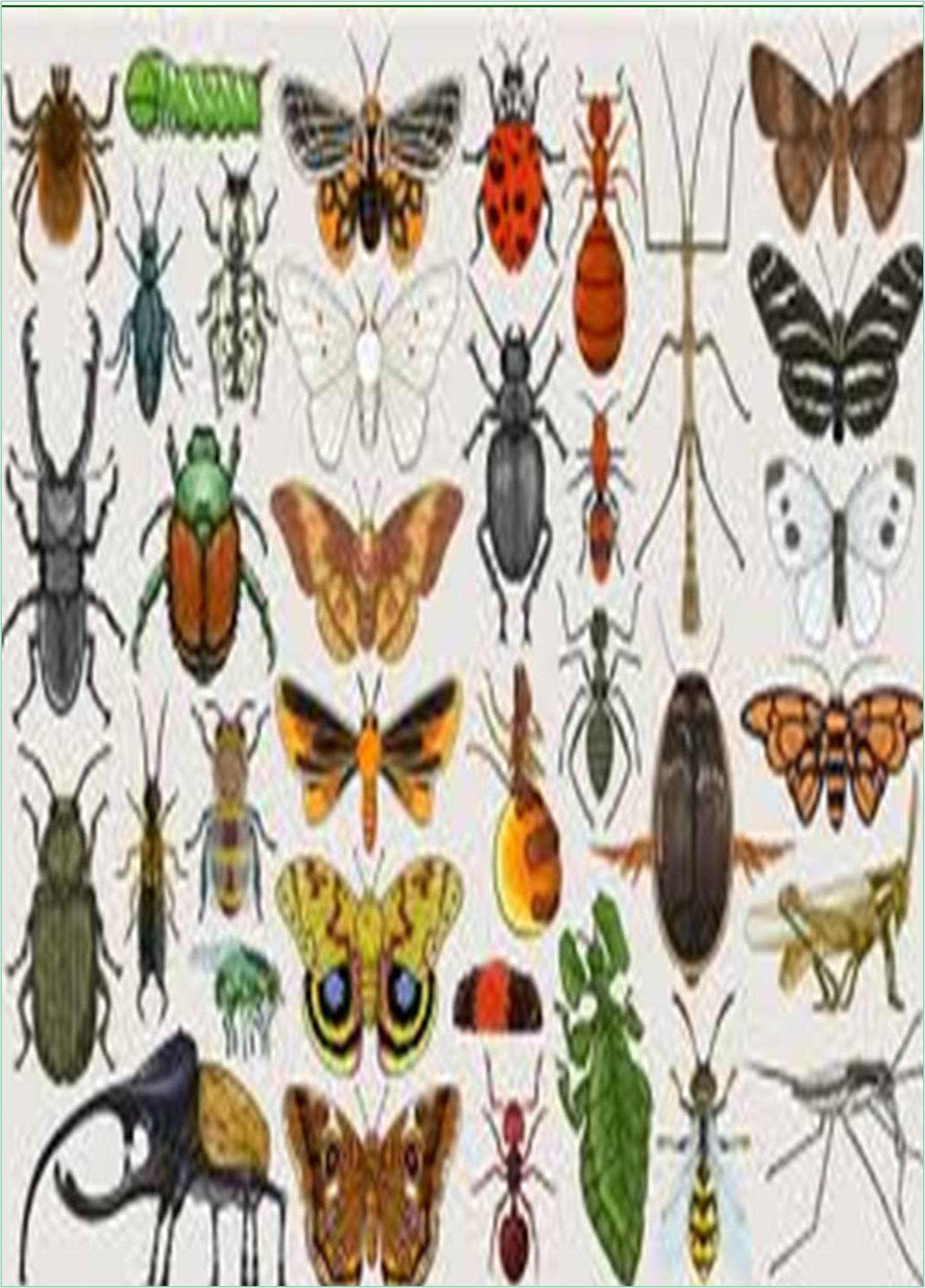



Received: 15-Nov-2022, Manuscript No. IJER-23-84527; Editor assigned: 18-Nov-2022, Pre QC No. IJER-23-84527 (PQ); Reviewed: 02-Dec-2022, QC No. IJER-23-84527; Revised: 08-Dec-2022, Manuscript No. IJER-23-84527 (R); Published: 16-Dec-2022, DOI: 10.15651/IJER.22.9.011
The primary difficulty facing agriculture is providing enough food for the world's expanding population. Since the 1960s, agribusiness practises that include excessive use of pesticides and fertilisers are increasingly being blamed for soil, water, and air pollution, as well as the loss of biodiversity in both fauna and flora. Additionally, this industrial agriculture contributes to serious public health issues like infertility, cancer, and congenital defects in children. The European Union introduced the directive 2009/128/EC to minimise the use of pesticides after becoming aware of the necessity to lessen all these severe environmental impacts (Miyittah et al., 2022).
Botrytis cinerea is a widespread fungal disease that typically appears on crops growing inside covered structures. It typically appears in open fields and closed structures throughout the winter. High moisture levels are advantageous (Lindell et al., 2022).
Botrytis cinerea is saprophytic, which means it can survive on the remains of dead plants. Mycelia, conidia (for dispersal), and sclerotia are all components of its life cycle (for survival). When the right circumstances arise, mycelia will grow and generate conidia, which will release spores from diseased plant tissues and spread via the wind, water splashes, and mechanical means.
Botrytis cinerea frequently targets tissues infected in plants. Usually, infection starts when spores get into a wound that already exists. Temperatures between 8 and 20 °C are a wide range in which spores can grow. A thick, grayish-brown, fluffy mycelium that grows as the illness worsens causes diseased tissue to dry up. After harvest, Botrytis cinerea can also appear (Roche et al., 2022).
Small, nearly transparent patches are frequently describes how disease first manifests itself. These diseased areas have a brown colour and seem wet. Fruit, leaves, petals, and succulent stalks that have been infected droop and turn black. Most plants are susceptible to Botrytis blight in their succulent tissue. Azalea, bird of paradise, cacti, coast redwood, fuchsia, giant sequoia, hydrangea, rhododendron, and rose are a few examples of landscape hosts (Srinivasan et al., 2022).
Only when plants have been constantly moist for six hours or longer, or when relative humidity has been above 90% for six hours or longer, spores begin to germinate and cause new infections. Botrytis and Botryotinia infections can be an issue practically year round in greenhouses or outdoors in coastal areas. Away from the coast, grey mould becomes a problem, when it starts to rain. Botrytis blight, however, can affect any plants that receive regular overhead irrigation, particularly those that are grown in crowded, shady environments with poor air circulation.
When these hosts are implicated, azalia petal blight, rhododendron petal blight, and camellia petal blight can mimic botrytis blight. Botrytis blight, on the other hand, is a dry rot that also impacts green tissue that is dead or dormant. Only blossoms are infected and killed by azlea, camellia, and rhododendron petal blight.
Symptoms of the Disease
Initially, the fungus infection in flowers is not noticeable. One of the first indications that point to a potential Botrytis attack is chlorosis, which is tissue that appears brown and damp close to the infection site. A mould infection can also be seen as a lighter patch with a dark brown ring surrounding the blooms (Gbemavo et al., 2022).
Any plant portions that have Botrytis infection must be removed immediately. It is necessary to remove the diseased areas right away.
It is best to avoid coming into contact with other plants, as even a brief encounter may release clouds of grey spores into the atmosphere. After that, these spores may spread to healthy plants and infect them. Maintaining a little lower humidity level around the foliage and flowers requires proper ventilation. When rain is predicted, it is best to cover outside crops with a plastic shelter like a polytunnel. By doing this, the plants are kept dry.
Additionally, it's crucial to keep an eye out for pests like caterpillars that can harm the cuticle, which B. cinerea might utilise to enter the plant more readily. Plants that have suffered damage by chewing pests are more susceptible to the fungus' infection. Thrips are one insect that can transport and disperse Botrytis spores. To get rid of this insect, spray the plant with cannacure.
Miyittah MK, Kosivi RK, Tulashie SK, Addi MN, Tawiah JY (2022). The need for alternative pest management methods to mitigate risks among cocoa farmers in the Volta region, Ghana. Heliyon. 8(12):e12591. [Crossref] [Google Scholar]
Lindell CA, Irish-Brown A, Rothwell NL, Wallis AE (2022). Pest and disease risk and management in high-density perennial crops: Current knowledge and areas of future research. Crop Prot:106150. [Crossref] [Google Scholar]
Roche J, Plantegenest M, Larroudé P, Thibord JB, Le Cointe R, Poggi S (2022). A decision support system based on Bayesian modelling for pest management: Application to wireworm risk assessment in maize fields. Smart Agricultural Technology:100162. [Crossref] [Google Scholar]
Srinivasan R, Tamò M, Subramanian S (2022). The case for integrated pest management in Africa: Transition from a pesticide-based approach. Curr Opin Insect Sci:100970. [Crossref] [Google Scholar]
Gbemavo DS, Dassou A, Gbemavo M, Ouinsavi C. Occurrence and ecological habitat effect on Vitellaria paradoxa (CF Gaertn.) parasitism: Implication for pest management and plant conservation. Heliyon. 8(9):e10492. [Crossref] [Google Scholar]